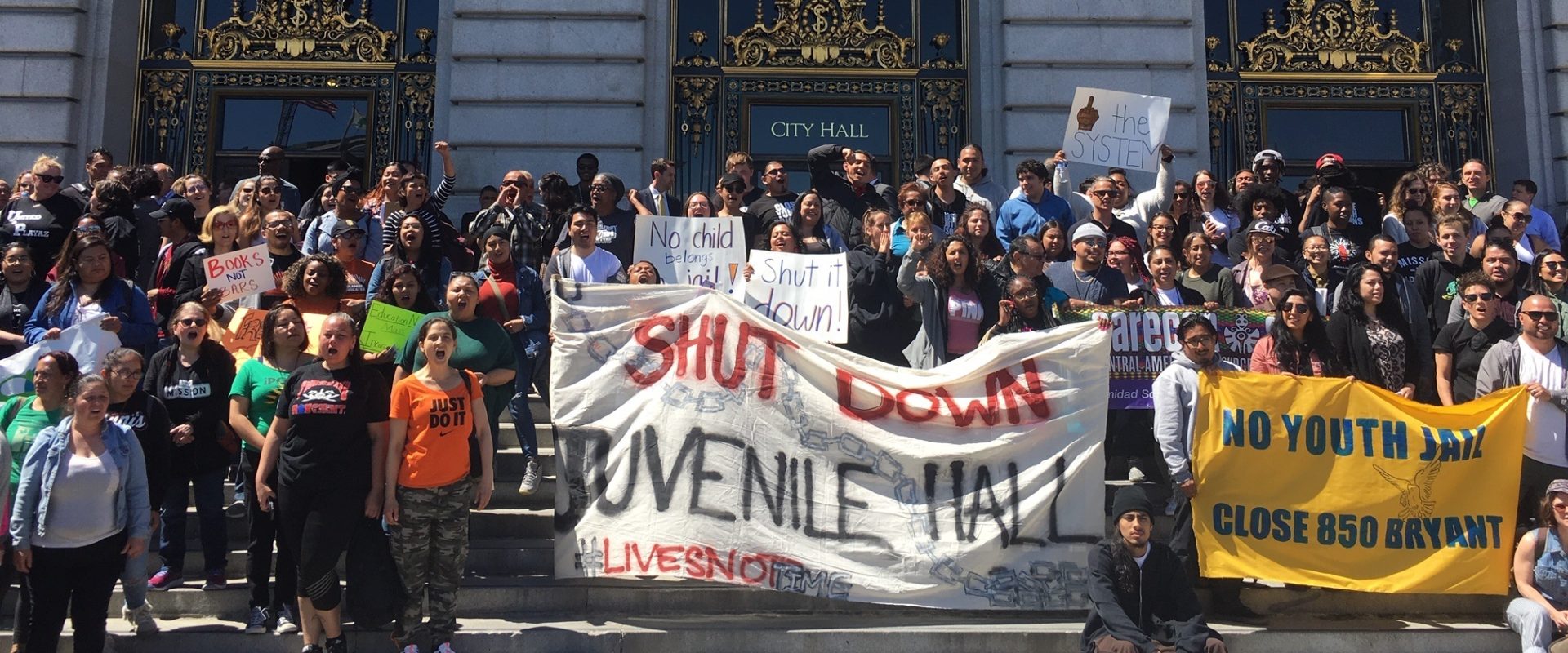Listen to this excellent podcast by Prison Photography’s Pete Brook, interviewing CJCJ’s Executive Director Daniel Macallair on the history of the Center on Juvenile and Criminal Justice and the evolution of criminal and juvenile justice in California. PPOTR #3: Interview with Dan Macallair of the Center on Juvenile and Criminal Justice by Pete Brook
Blog Oct 7, 2011
CA Policy: The corporate interest
Kathy Lynch is the legislative advocate for two California bail agent associations: the California Bail Agents Association (CBAA ); and Golden State Bail Agents Association (GSBAA ). She founded Lynch & Associates in 1985. These two groups explicitly lobby for increases in the fee detainees must pay for bail-posting services. In California, the Department of Insurance regulates bail premiums (the amount of money paid to a bail bondsman for their services), which are set as a percentage…
Blog Oct 4, 2011
Annie E. Casey Foundation: No place for kids
Today, the Annie E. Casey Foundation released their newest publication, No Place for Kids: The Case for Reducing Juvenile Incarceration . It presents a fresh review of juvenile justice in America, and makes future recommendations for improving the system. Highlights include: ~ Roughly 60,500 youths in America are confined in correctional facilities (according to a 2007 census, and not including youths confined temporarily in detention centers). ~ Two of every five confined youths are…
Blog Sep 30, 2011
CA Policy: Playing the game
The Justice Policy Institute published its report, Gaming the System , in June 2011, documenting the political strategies employed by the private prison industry to promote national incarceration-driven criminal justice policies. The publication highlighted three approaches to influencing policy, including: ~ Campaign Contributions ~ Lobbying ~ Relationships and Associations How does it work in California? I have been writing a series of blogs documenting various lobbying efforts in…
The 19th report of the Special Master , in the ongoing Farrell v. Cate lawsuit to reform California’s Division of Juvenile Facilities (DJF) was released early September. A major theme I discovered was the lack of DJF’s ability to provide for those individuals with special needs, particularly in the areas of special education, mental health, and wards with physical and mental disabilities. While these populations may be more challenging to serve than the general population, the presence of…
